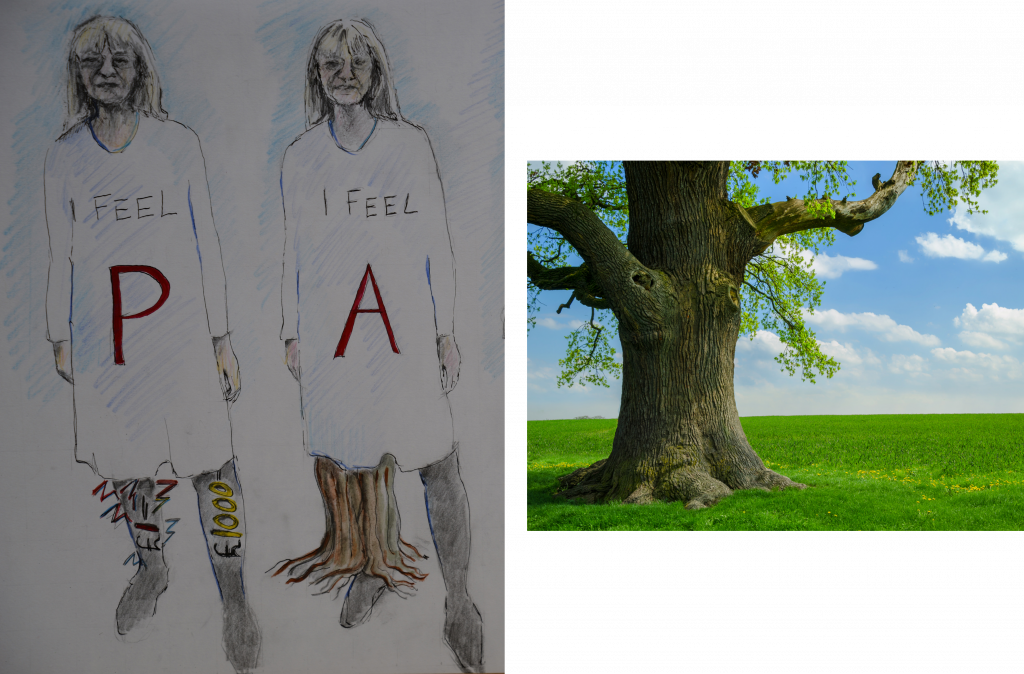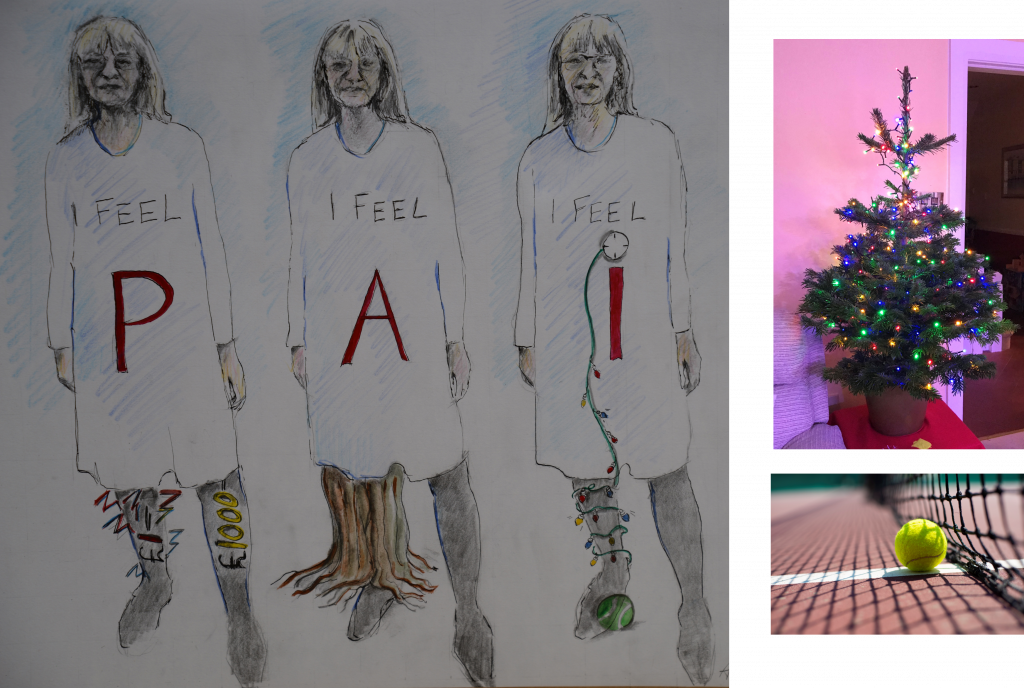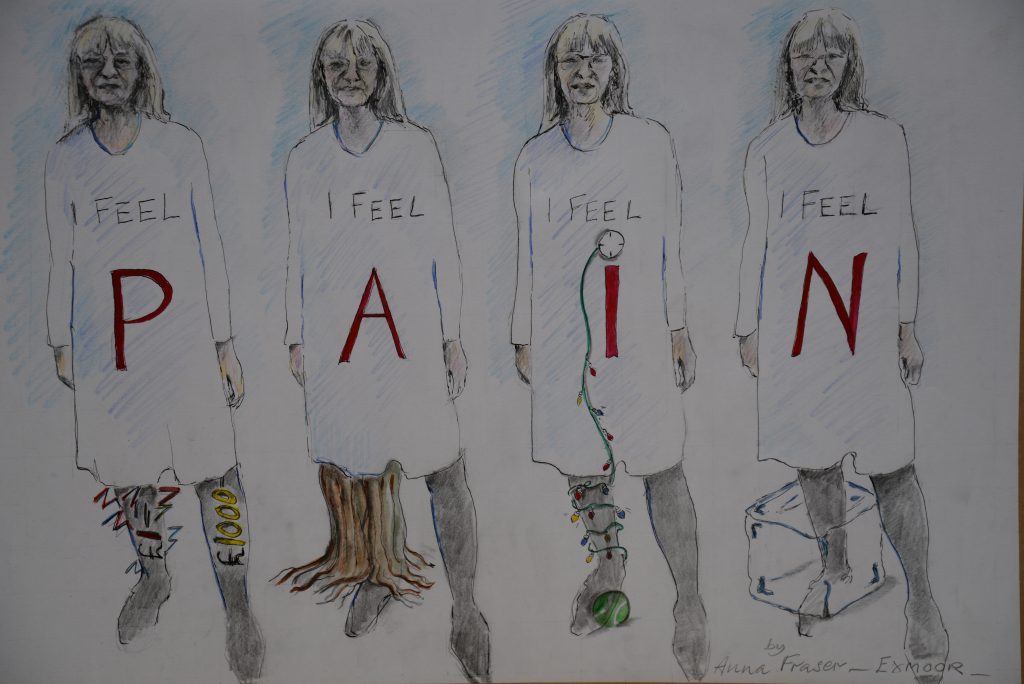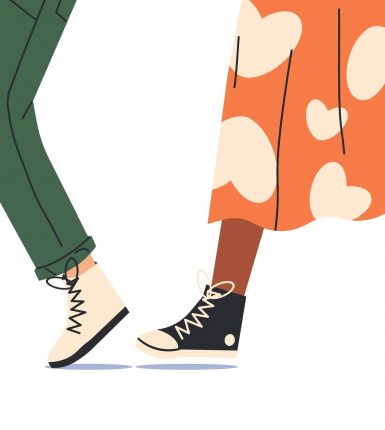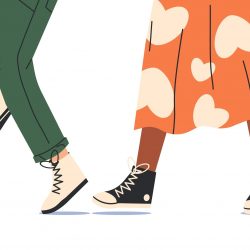(Visited 573 times, 1 visits today)
Tags: Chronic Pain, Neuropathic Pain, Persistent Pain, Physiotherapy, Sciatica Last modified: 15/09/2022

Written by Christine• 15/09/2022• 12:49 pm• HCP, HCP training resources, HCP understanding pain, My healthcare experience
A visual image of my sciatica
A lived experience account of sciatic body perception disturbances
Posts for HCPs
About me
I have travelled a difficult journey with both back pain and sciatica (neuropathic pain), following an injury in 2008.
Through these blogs, and this website, I share my thoughts on understanding pain, self-managing pain and of living well with pain.
Written for both people suffering from persistent pain and HCPs (particularly physiotherapists).
More Information

© 2018-2020 Living Well with Pain

